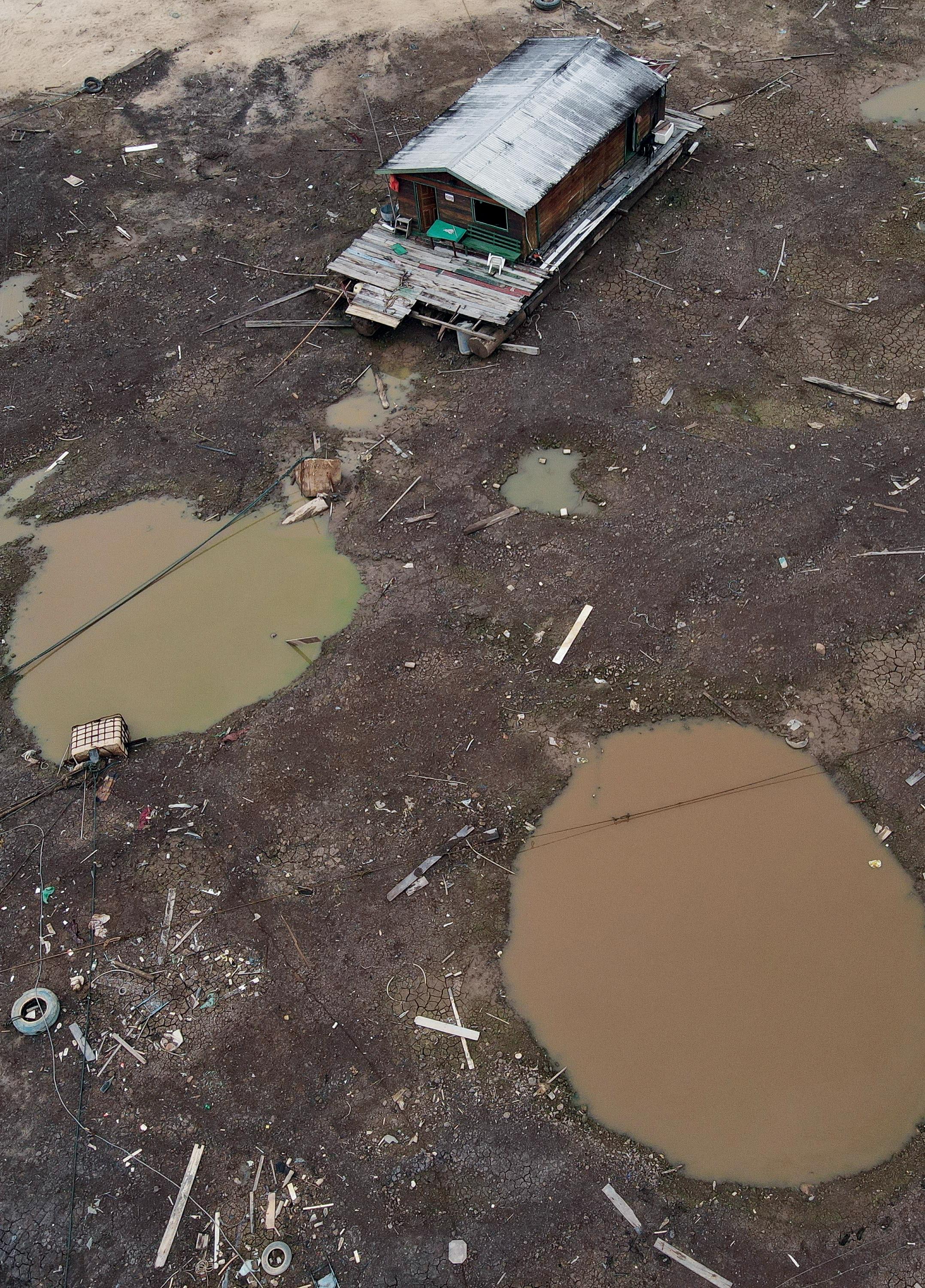A SINK BECOMES SOURCE

FROM JUNE, meteorological signs foretold that a drought would hit the Amazon region. Droughts in the rainforest are typically fuelled by high sea surface temperatures in the North Atlantic Ocean on the northeast and in tropical Pacific Ocean on the northwest.
Scientists particularly watch out for high sea surface temperature in the tropical Pacific, as it marks the onset of El Niño, the warm phase of a recurring climate pattern El Niño-Southern Oscillation. Many drought episodes in the Amazon have occurred during intense El Niño conditions such as those recorded in 1926, 1983, 19971998, and 2010. These conditions weaken the "Walker Circulation"-an atmospheric circulation in the Pacific Ocean over the tropics. Walker Circulation resembles a loop consisting of rising air in the west and sinking air in the east. During an El Niño, the rising moist air, which is meant to bring rainfall, does not reach the continent of South America. Instead, there is more sinking and dry air moving towards the land, setting the stage for a drought.
This year, the World Meteorological Organization declared the onset of El Niño in the tropical Pacific on July 4, but said that the conditions were moderate. Then what caused such a severe drought in the Amazon?
JOCHEN SCHÖNGART
Amazon has seen more droughts, floods in the past 15 years than in a century
The Amazon basin is in transition to an anthropogenic disturbance-dominated regime
This story is from the {{IssueName}} edition of {{MagazineName}}.
Start your 7-day Magzter GOLD free trial to access thousands of curated premium stories, and 9,500+ magazines and newspapers.
Already a subscriber ? Sign In
This story is from the {{IssueName}} edition of {{MagazineName}}.
Start your 7-day Magzter GOLD free trial to access thousands of curated premium stories, and 9,500+ magazines and newspapers.
Already a subscriber? Sign In

Recycling Innovation: How UFlex Is Setting Global Benchmarks
India's first company to recycle PET, PE, and PP for food packaging

A NEW BUZZ
Like many countries, India is in the middle of a pollinator crisis. In several states, farmers now rent honeybees to secure a decent harvest. In areas where agriculture is nearly impossible due to shortage of natural pollinators, people are manually carrying out nature's most critical operation. This artificial substitution of pollinators raises new concerns. A report by

Seed saviours
Seed banks managed by communities and non-profits are repositories of hundreds of indigenous climate-resilient crop varieties but need help in storage, technical aid and policy support to thrive

Perilous proposal
Villages near Jim Corbett Tiger Reserve oppose plans to open yet another ecotourism zone in light of rising attacks by the big cats

SOUR GOODNESS
Leaves of madhu soleng, an easy-to-grow weed, are a great souring agent
Broken lifeline
ON MARCH 13, 2020, Government of India's Press Information Bureau (PIB) released the latest life expectancy data of the country.

RESILIENT RURAL FUTURES
Ambuja Foundation Tackles Climate Vulnerability Head On ...
Sustainable cycles
Women in Himachal Pradesh switch from plastic sanitary pads to reusable menstrual hygiene products for better waste management

Uniting the Ecosystem: Empowering Smallholder Farmers and Solving India's Water Crisis
Smallholder farmers are key to solving India's water crisis, accounting for 86% of farming households. Agricultural consumption accounts for 75-90% of India's freshwater use.

WHO IS REALLY DEVELOPED
A new development metric ranks countries based on their living standards that can be scaled globally without breaking planetary limits
